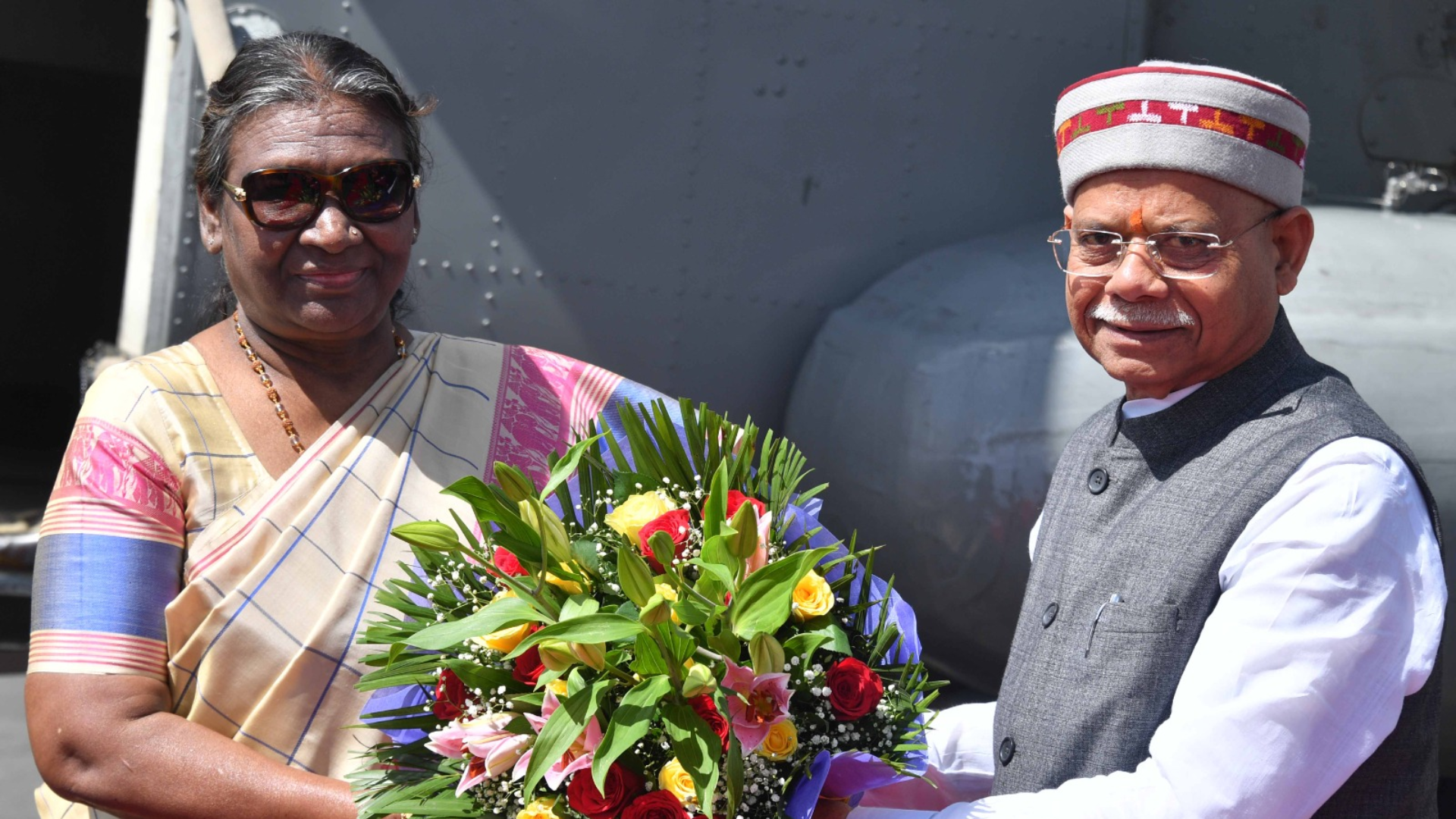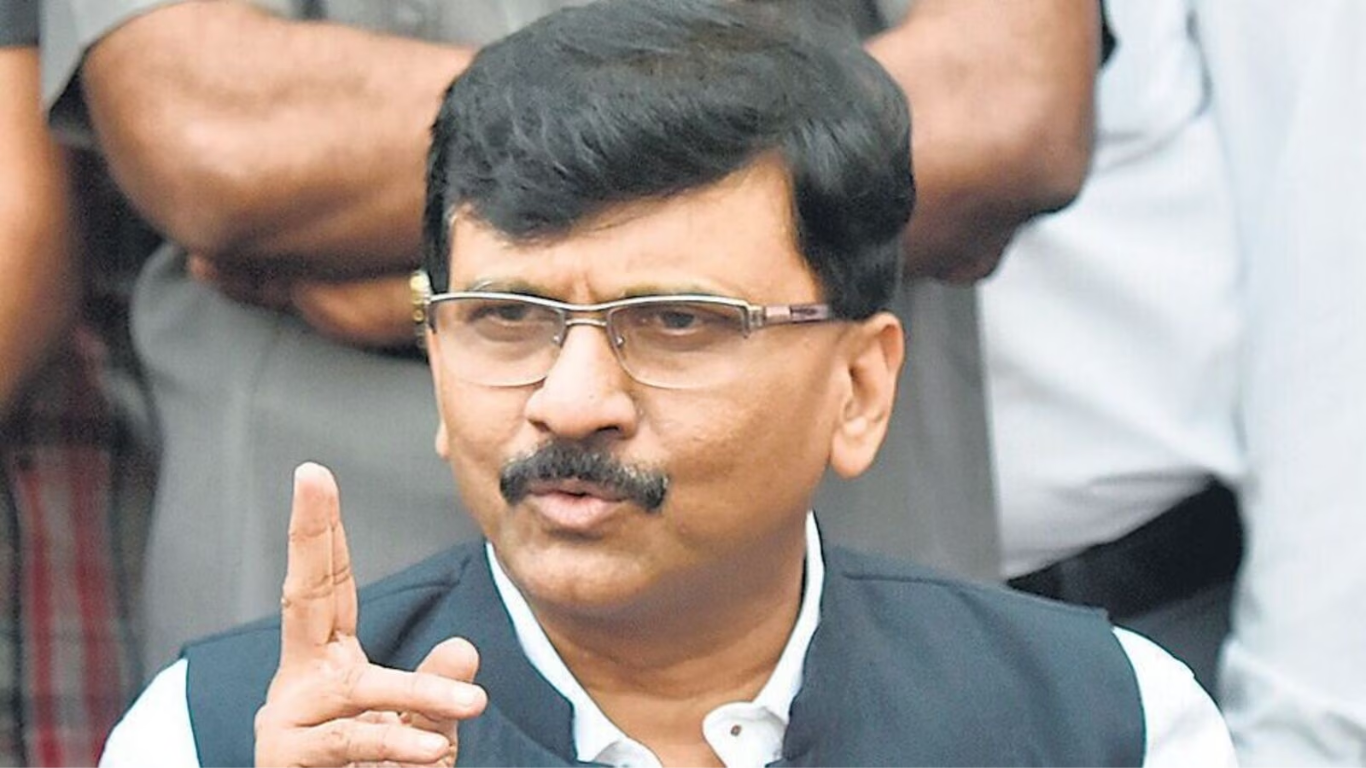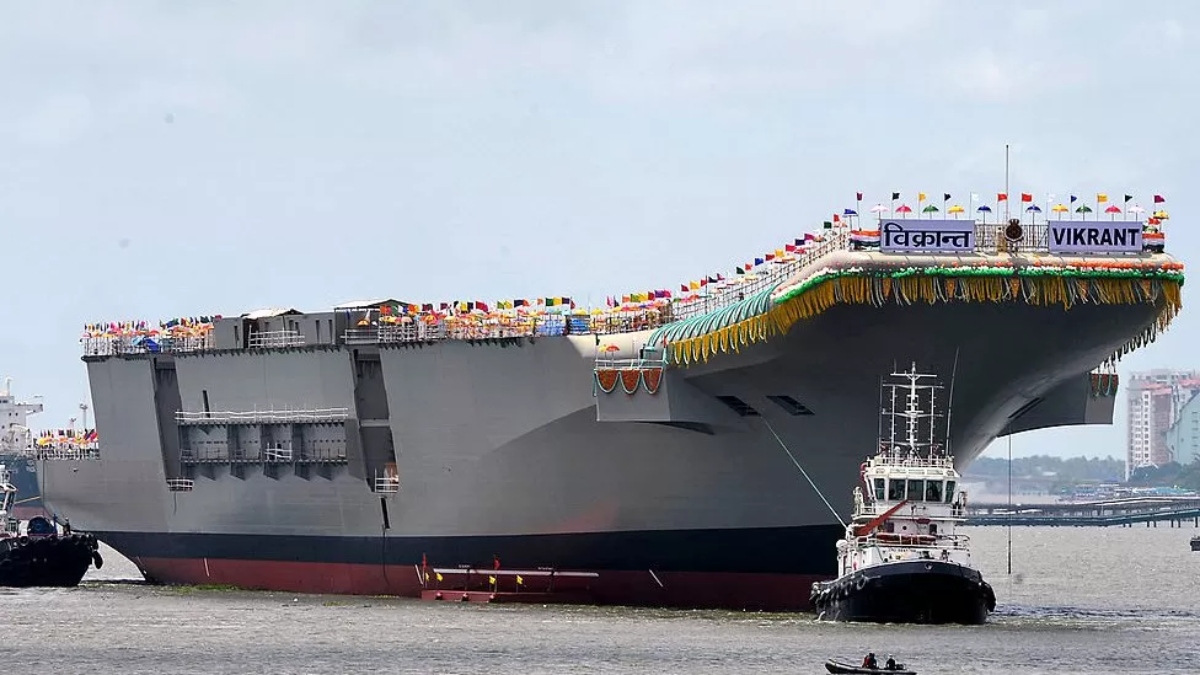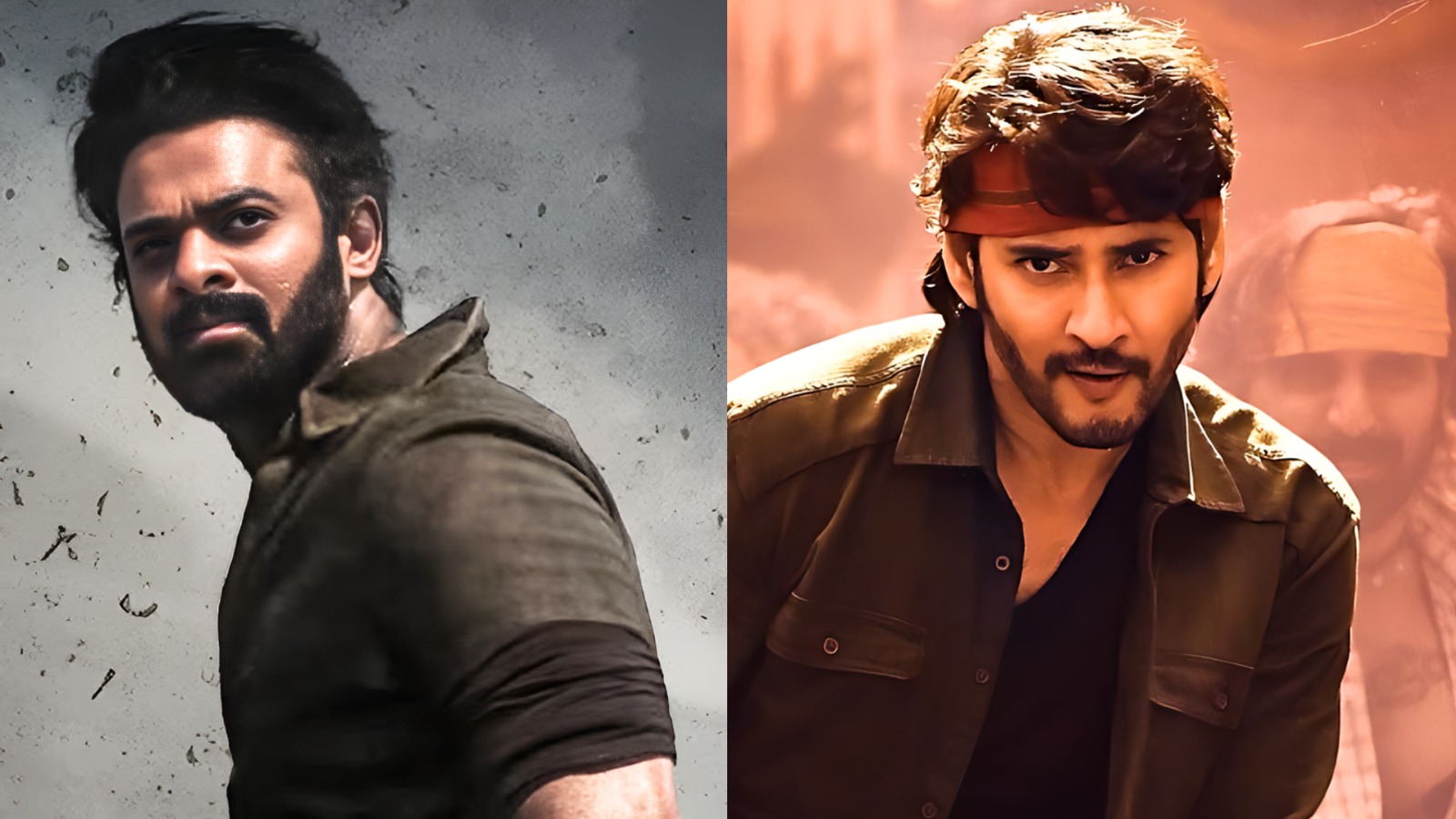










A turning point was reached with the INS Vikrant, India’s first indigenous aircraft carrier (IAC-1). INS Vikrant, the first indigenously designed and built aircraft carrier, will enhance the nation’s reputation as a “Blue Water Navy”—a maritime force with a reach across the globe and the capacity to operate over deep oceans. India is set to be the sixth nation to own an aircraft carrier that was manufactured domestically and weighs more than 40,000 tonnes.
With it, India now enters the exclusive club of countries that are able to design and build aircraft carriers, which includes the US, Russia, France, the UK, and China. INS Vikrant is slated to rank seventh among all carriers or carrier classes in the world with a displacement of 43,000 tonnes when fully laden.
The first aircraft carrier ever run by the Indian Navy was INS Vikrant, with pennant number R11.
The constitution wasn’t finalised until after World War II ended, but the ship had already been formally set down and was being constructed for the Royal Navy as HMS (Her Majesty’s Ship) Hercules.
The United Kingdom placed the HMS Hercules, which was still under construction, up for sale, and India bought it in 1957, along with many other ships at the time. In 1961, the ship’s construction was finished, and it was commissioned into the Indian Navy as INS Vikrant.
The older INS Vikrant was longer—more than 210 meters—and had a displacement that was less than half that of the newer model, which is 260 metres long.
When it oversaw the naval blockade of East Pakistan during the 1971 war with Pakistan, R11 saw a lot of action. The ship served for 36 years before being decommissioned in 1997. It was kept as a museum ship for the following 15 years until being eventually sold and disassembled.
Indigenous design and construction
When the outdated INS Vikrant was very close to being decommissioned in the late 1990s, the idea for building an indigenous aircraft carrier began to take form.
India relied on INS Viraat after it was retired; it had previously spent 25 years as HMS Hermes in the Royal Navy and had been serving the Indian Navy for more than 10 years at that point.
In the interim, the Indigenous Aircraft Carrier-I (IAC-I) design and construction were authorised in January 2003. The Ministry of Shipping tasked Cochin Shipyard Ltd (CSL), a public sector shipbuilding organisation, with building the ship. For the CSL, this was the first warship-building undertaking.
Milestones at-a-Glance
The ceremonial steel cutting in April 2005, also known as Project 71 (P71), was IAC’s first significant achievement. Then came more formal occasions.
Keel laying, launch, commissioning, and decommissioning are the four major ceremonial events in a ship’s lifetime.
The practise of placing the centre timber that serves as the ship’s backbone gives rise to the keel-laying ceremony. The first modular part of a new ship is positioned in the dock to signify the keel-laying process. On February 28, 2009, the IAC-keel I’s was formally laid.
The challenges and pandemic-related delays
In November 2020, as part of the basin testing, the propulsion, power generation, and related systems of IAC were tested in the harbour for readiness. Due to the second COVID-19 wave, the sea testing were postponed.
The IAC finally began the first round of sea testing on August 4 of last year by setting sail from Kochi on its maiden open sea cruise and returning four days later.
In October 2021 and January of this year, respectively, the second and third stages of sea testing were conducted after that.
The engine equipment, electrical and electronic systems, deck equipment, life-saving devices, and the ship’s navigation and communication systems were all put to the test during these three phases. After undertaking integrated testing of the bulk of the equipment and systems onboard, including part of the Aviation Facilities Complex equipment, the fourth and final phase of sea trials for the IAC was finished on July 10. On July 28, the ship was handed over to the Navy.
The onboard tools, facilities, and machinery
The INS Vikrant’s flight deck is larger than two football fields at 262 metres long and 62 metres wide. The aircraft carrier has a maximum design speed of 28 knots, a range of 7,500 nautical miles, or around 14,000 kilometres, and a displacement of about 4,3000 tonnes when fully loaded.
The ship is 18 floors tall and contains about 2,400 compartments for its 1,600-person crew. Additionally, it contains specially designed quarters for female sailors and commanders. The aviation hangar, which has room for about 20 aircraft, is the equivalent of two Olympic-sized swimming pools. There is a fully functional kitchen that can prepare a wide variety of food. A facility there produces 3,000 rotis each hour as well.
A 16-bed hospital, a modular emergency operating room, a physiotherapy clinic, an intensive care unit, a pathology setup, a radiology wing with a CT scanner and X-Ray equipment, a dentistry complex, an isolation ward, and telemedicine capabilities are all included in the medical complex.
The carrier will have an air wing of 30 aircraft when it is fully operational, including homegrown Advanced Light Helicopters (ALH) and Light Combat Aircraft (LCA), as well as US-origin MH-60R multi-role helicopters and Russian-origin MiG-29K fighter jets with carrier capability and Kamov-31 helicopters for airborne early warning (Navy). Vikrant launches his aircraft using a ski-jump and recovers them on board using a set of three arrester wires in accordance with the Short Take Off but Arrested Recovery (STOBAR) paradigm.
Aircraft carrier construction and operation costs
Cost is always a major factor in the construction and operation of aircraft carriers.
Destroyers, frigates, submarines, and support ships make comprise the carrier strike group, which is the aircraft carrier’s operating organisation. Aircraft carriers continue to be a target for the attack despite the defence provided by these ships and their own defence systems.
The INS Vikrant, built at a cost of Rs 20,000 crores, is the biggest ship ever constructed in India’s maritime history.
The future course following commissioning
The construction of Vikrant is estimated to have cost Rs 20,000 crore. According to the Navy, between 80 and 85 percent of the investment was returned to the Indian economy, with 76% of the building materials coming from within India, 2,000 CSL employees receiving direct jobs, and another 13,000 indirectly employed.
“In line with the prevailing practises being followed by other advanced countries having experience building aircraft carriers, the deck integration trials of fixed-wing aircraft and exploitation of Aviation Facility Complex will be carried out post commissioning of the ship when the operational command and control of the ship, including flight safety, is with the Navy,” the Navy said in a statement regarding the operationalization of INS Vikrant.
According to Vice Chief of Naval Staff Vice Admiral SN Ghormade, INS Vikrant’s flight trials are scheduled to start in November, and the carrier is anticipated to be completely operational by the middle of 2023.
Read more: India’s first INDIGENOUS aircraft carrier INS Vikrant to be commissioned by PM Modi today









